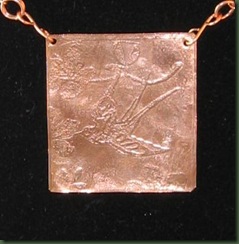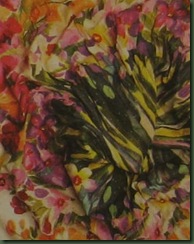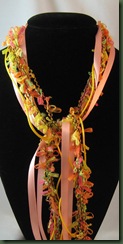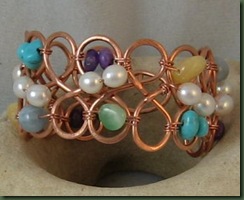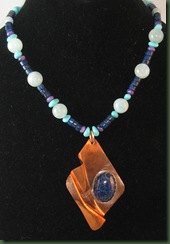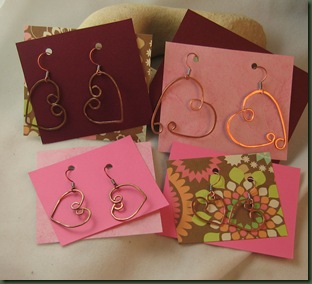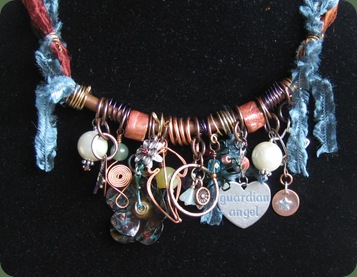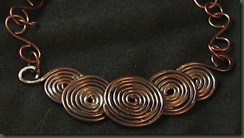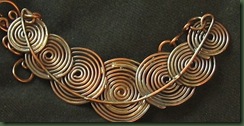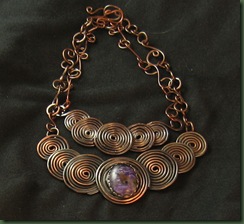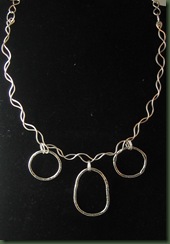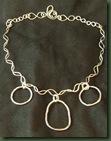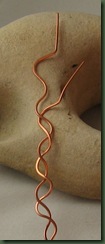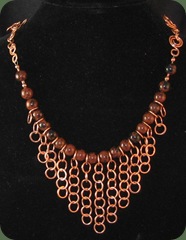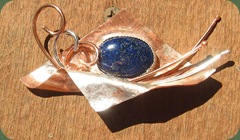It’s Cedar Fever season in my neck of the woods and it tends to make me feel a bit dull. After doing a few things that I felt weren’t too smart the past few days, the term “bird brain” popped into my mind. I don’t actually think that anyone has ever called me that derogatory term, but I have heard it used before. So, I wondered. Is it right that when you aren’t functioning at a real high level could you be experiencing the “bird brain” phenomenon?
As it turns out, being called “bird brain” might be a compliment. While scientists used to believe that most of a bird’s brain was a primitive and instinctual structure, recent discoveries indicate that about 75 percent of the brains of songbirds actually serve as a sophisticated information processing center. Many songbirds actually have a more powerful processing center than mammals. The bird’s brain is pretty small, but it’s also quite mighty.
I made a bird necklace yesterday in honor of those little brains everywhere.
The bird is difficult to spot on the copper pendant. I used a nice stamp pad of a bird scene to apply stop out to the metal and then etched it. A close up photo follows. It is much clearer in reality.
I hung the earrings on the necklace for photo taking purposes and wanted to show you the new twisted wire I’m trying out. Although the ends are difficult to deal with, I like the look of this wire. I also used it for a couple of swirls in the handmade chain on the necklace shown in the next photo. 
From now on, when I’m struggling with those high cognitive processes, I will not think about bird brains. I will simply hope that my brain is half as power packed as those little song birds.
Tweet … tweet!


